The McLaren 750S is a truly purist expression of the modern supercar template
McLaren’s 750S ticks all the boxes for lovers of automotive exotica. It’s also one of the finest driving machines you can buy
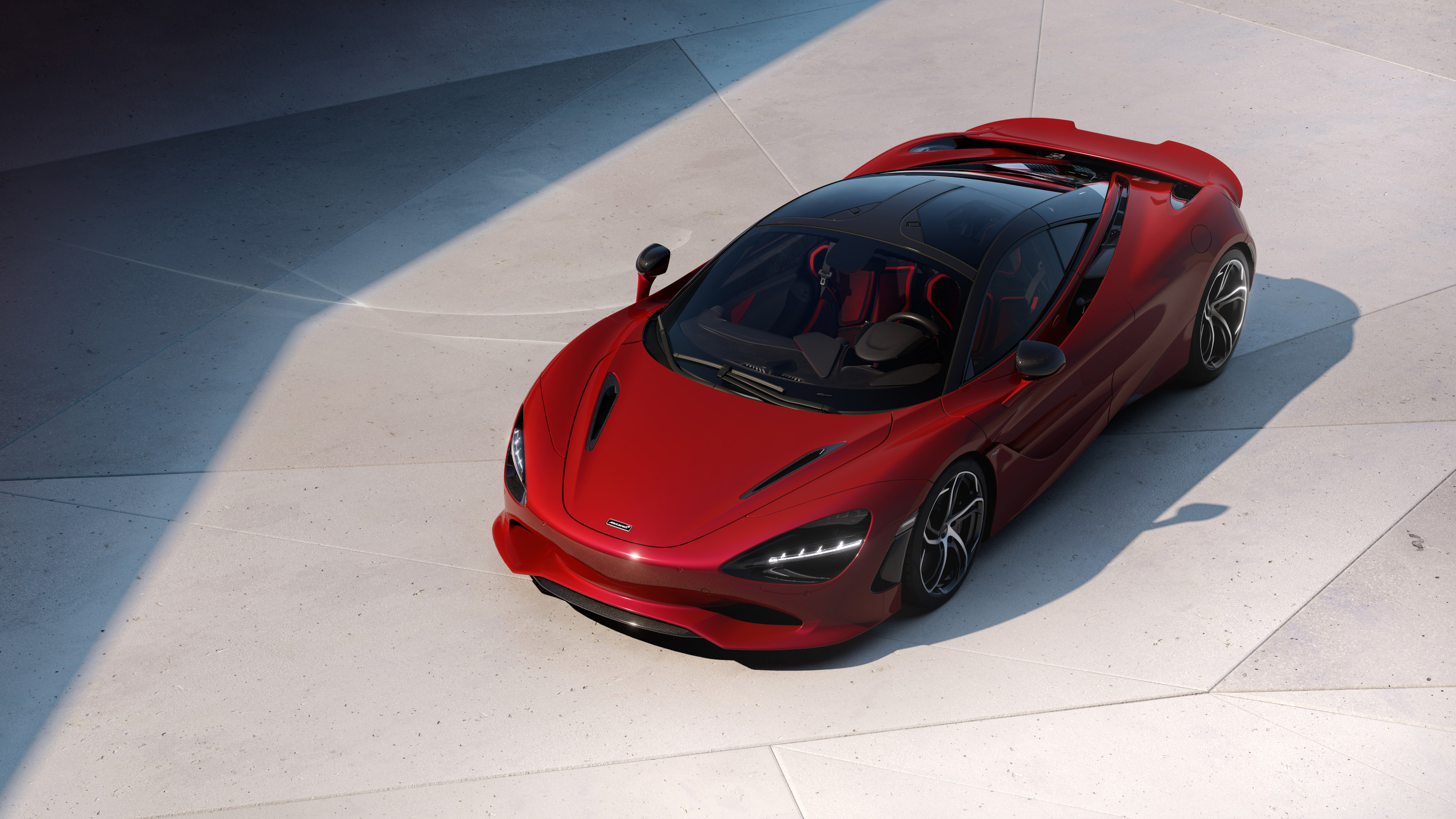
What makes a supercar? Some would point to provenance, others performance, whilst a vocal contingent suggests that a supercar is all about style, not substance. Whatever the definition, supercars used to be rarefied beasts that were only infrequently sighted by the hoi polloi. Today, you can barely hurl a latte in a crowded conurbation with splashing some low-slung piece of Italian exotica, usually found alongside a fleet of similar machines piloted by likeminded showboaters.
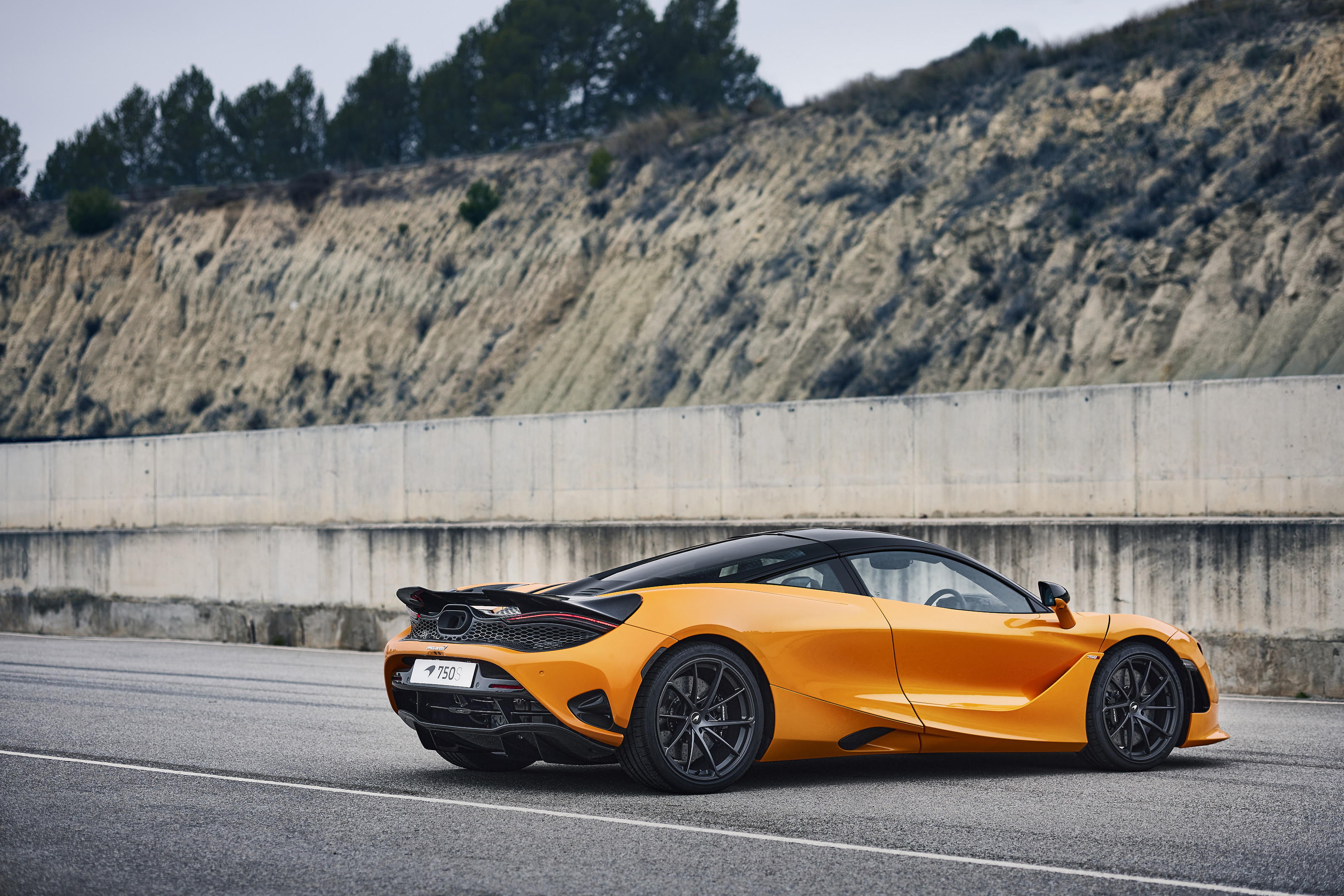
McLaren 750S
That cluster might include the McLaren 750S, firmly established as a quintessential modern supercar thanks to a close resemblance to its equally dramatic predecessor, the 720S. Like the 720S, the 750S is a carbon fibre-swathed two-seater with V8 power. All the basic metrics have been upped, along with a series of discrete bodywork and mechanical modifications.
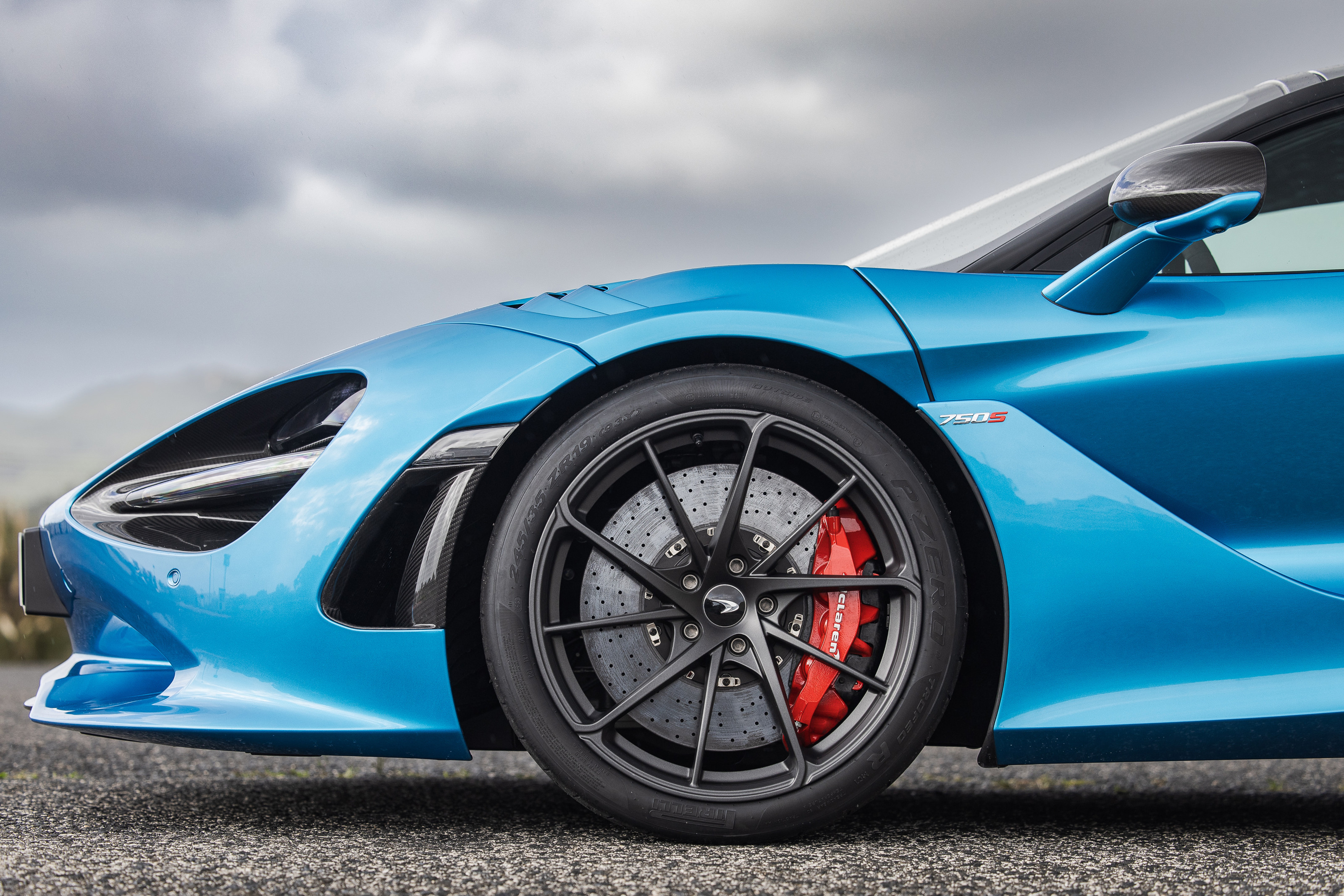
Mclaren 750S
In all, 30% of the car has been overhauled, with power increased, weight saved and basic levels of tech brought more in line with the industry standard. Most supercar buyers want a combination of class-leading stats and peacock-level looks.
To achieve the latter, you would probably want to go above and beyond the surprisingly tasteful standard specification and dive into the infinite pool of options available via McLaren Special Operations (MSO – more on this another time). MSO will do pretty much anything, up to and including a tailor-made car, but the most common requests are for things like special paintwork and finishes like the Blue Spectrum livery shown here.
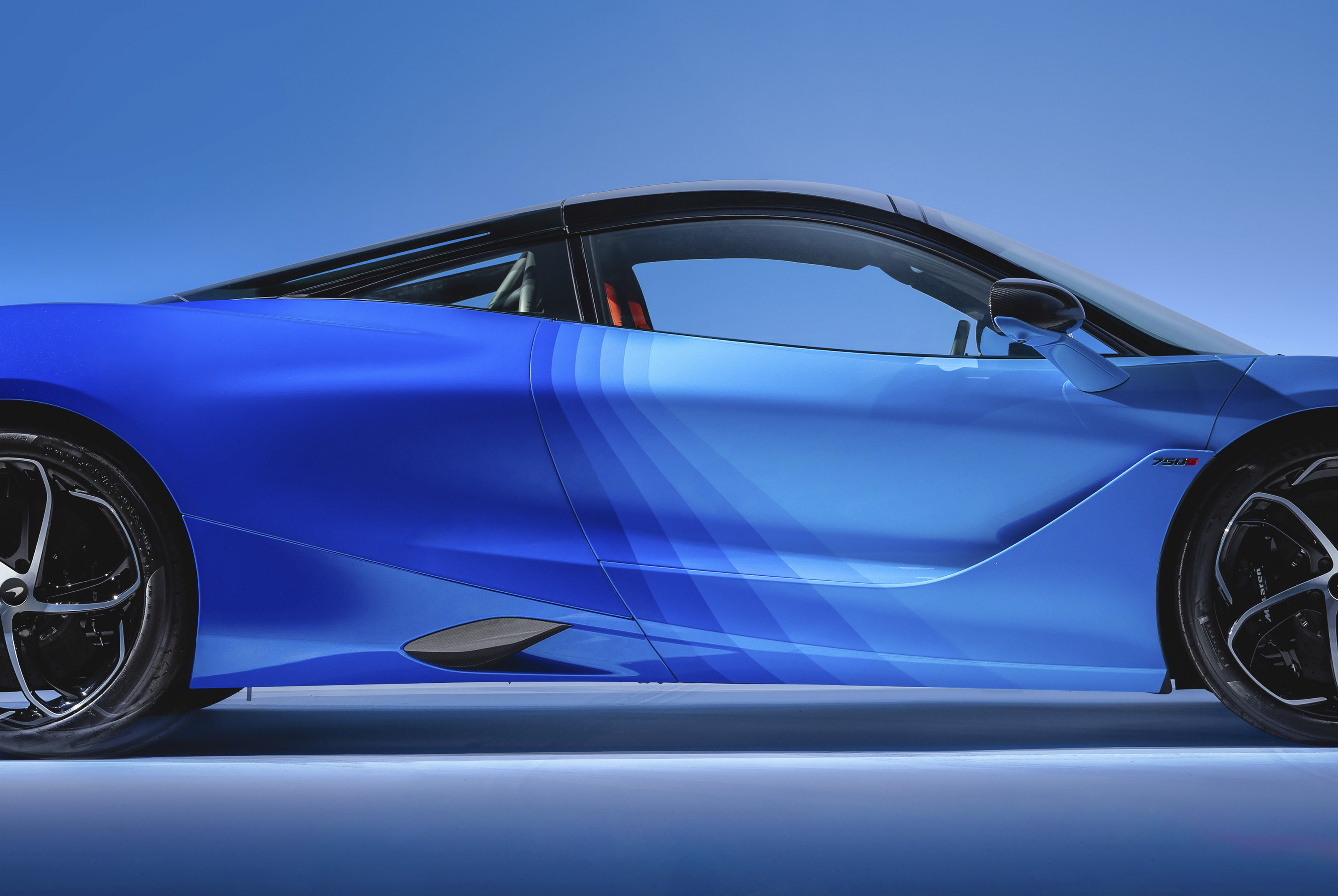
Mclaren 750S, Blue Spectrum by MSO
When it comes down to the raw numbers, the 750S doesn’t top any tables. The newly announced Ferrari 849 Testarossa is more powerful (thanks to its hybrid powertrain) and a better sprinter, while the Lamborghini Revuelto is faster. Aston’s upcoming Valhalla is more luxurious, whilst the limited-edition Alfa Romeo 33 Stradale is arguably the most beautiful of the lot.
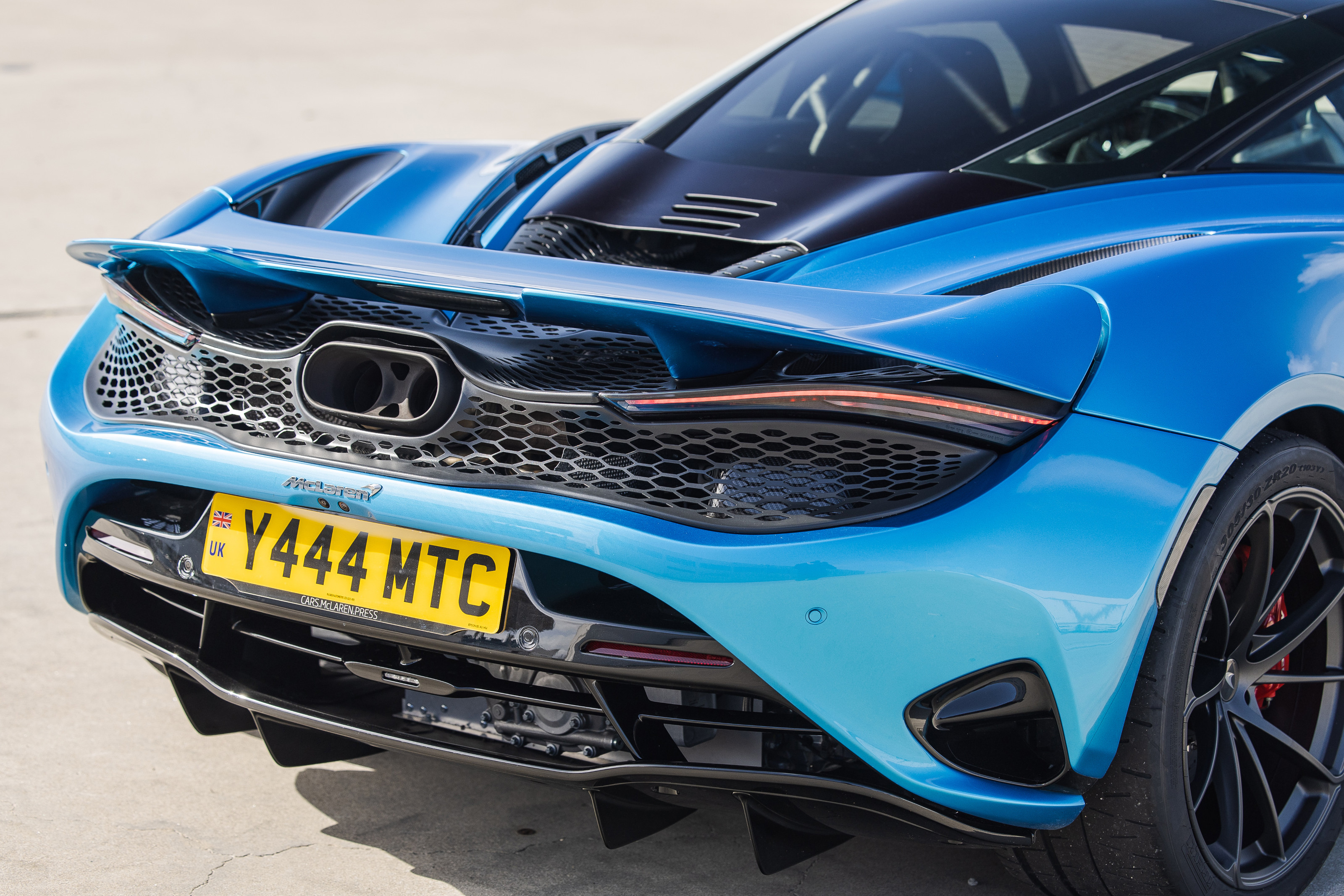
McLaren 750S
Once you’ve put away your pack of top trumps, remembering that a fair percentage of this car’s target market will own two, three or maybe all of the above, where does that leave the 750S? In our opinion, it’s undeniably the most interesting of the lot.
Performance stats are irrelevant to the real world, even on a track, but the 750S bundles its performance with a packaging of predictable handling, excellent visibility and genuine all-round usability that makes it the kind of car you can easily use every day, for everything.
Receive our daily digest of inspiration, escapism and design stories from around the world direct to your inbox.
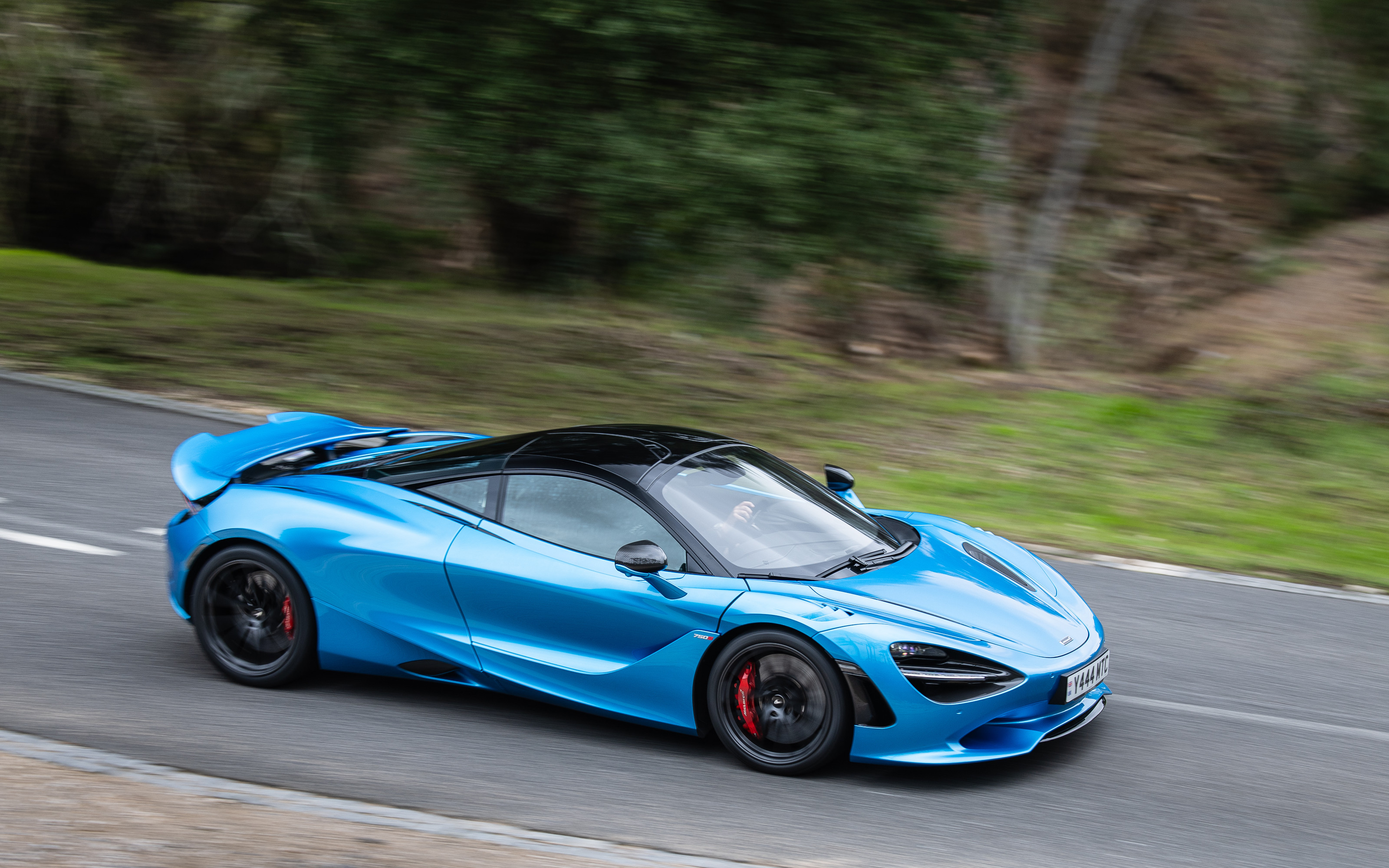
McLaren 750S
On the open road, the 750S simply excels. Near instantaneous gear-changes bring the V8 to vivid life, providing a bottomless pit of torque and power that communicates seamlessly with the road via the sublime steering set-up. Levels of traction, throttle and suspension response are easily switchable via the rocker switches on the instrument binnacle.
Other controls – heater, navigation, audio, etc. – are confined to the smartphone-like vertical touch screen. It’s more idiosyncratic than ergonomic (and Android Auto is still a conspicuous absence), but this has the effect of strengthening, not breaking, the bond you develop with the car.
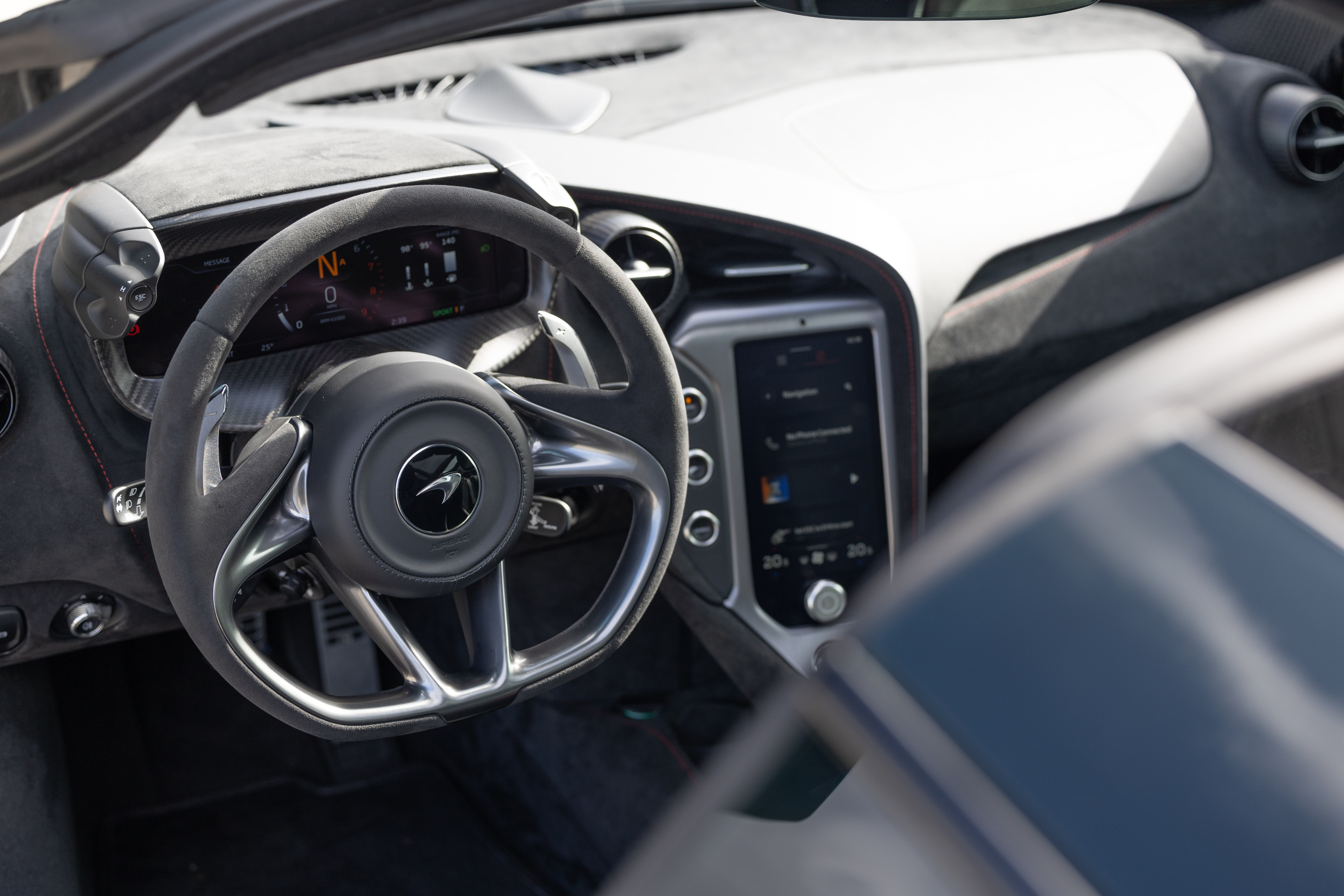
McLaren 750S interior
Sensitive city-dwellers might baulk at submitting their fellow humans to the ferocity of the V8 on a day-to-day basis (in which case, the hybrid Artura is the better choice), but if your driving life consists of a blend of twisty B-roads and long-haul motorway miles, the 750S will tackle the former like a go-kart and devour smooth asphalt like a limo.
You’ll quickly learn to respect the car’s delicate carbon fibre extremities, but the combo of a swift front end lift mechanism and all-round cameras make parking this machine easier than most.
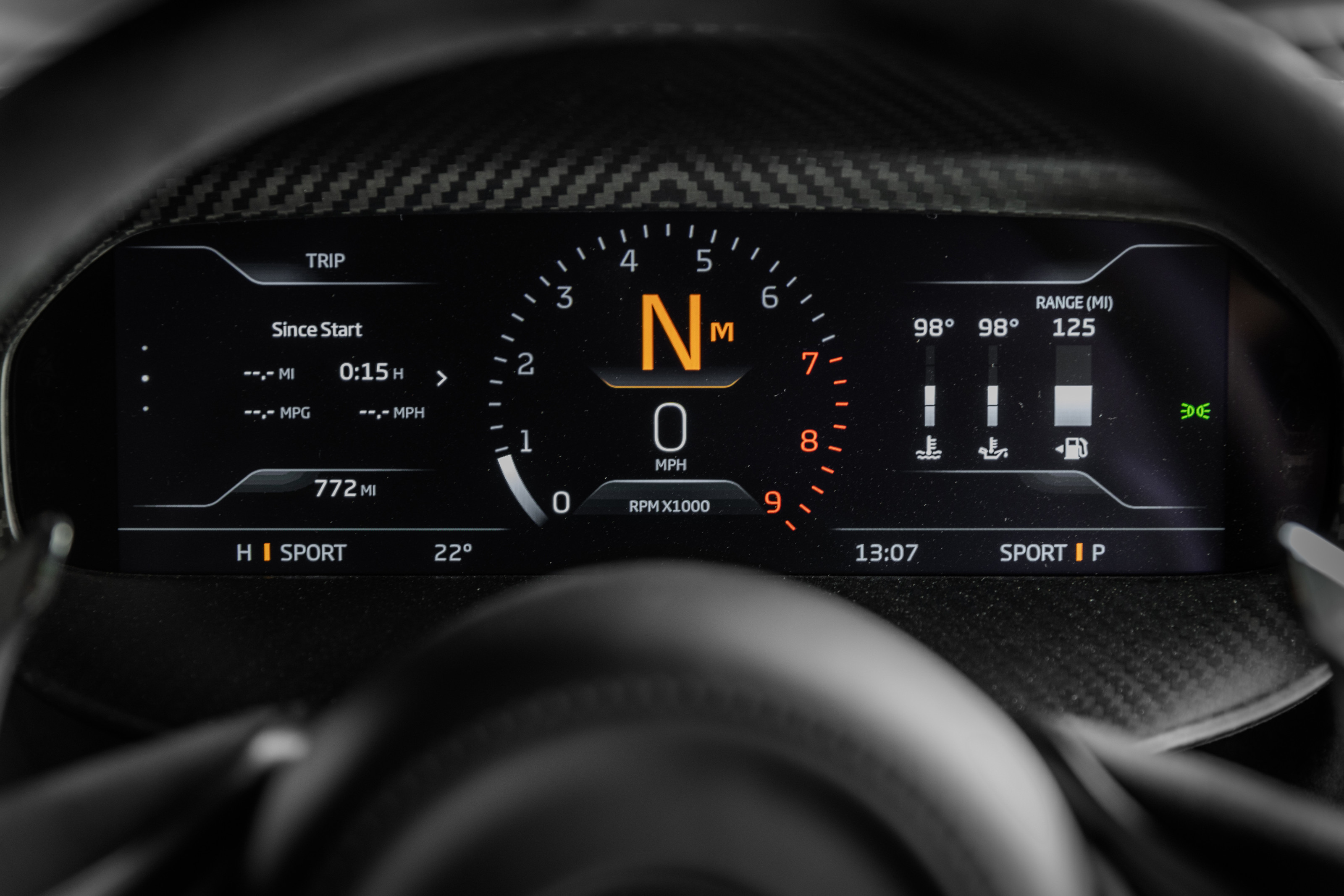
McLaren 750S dashboard
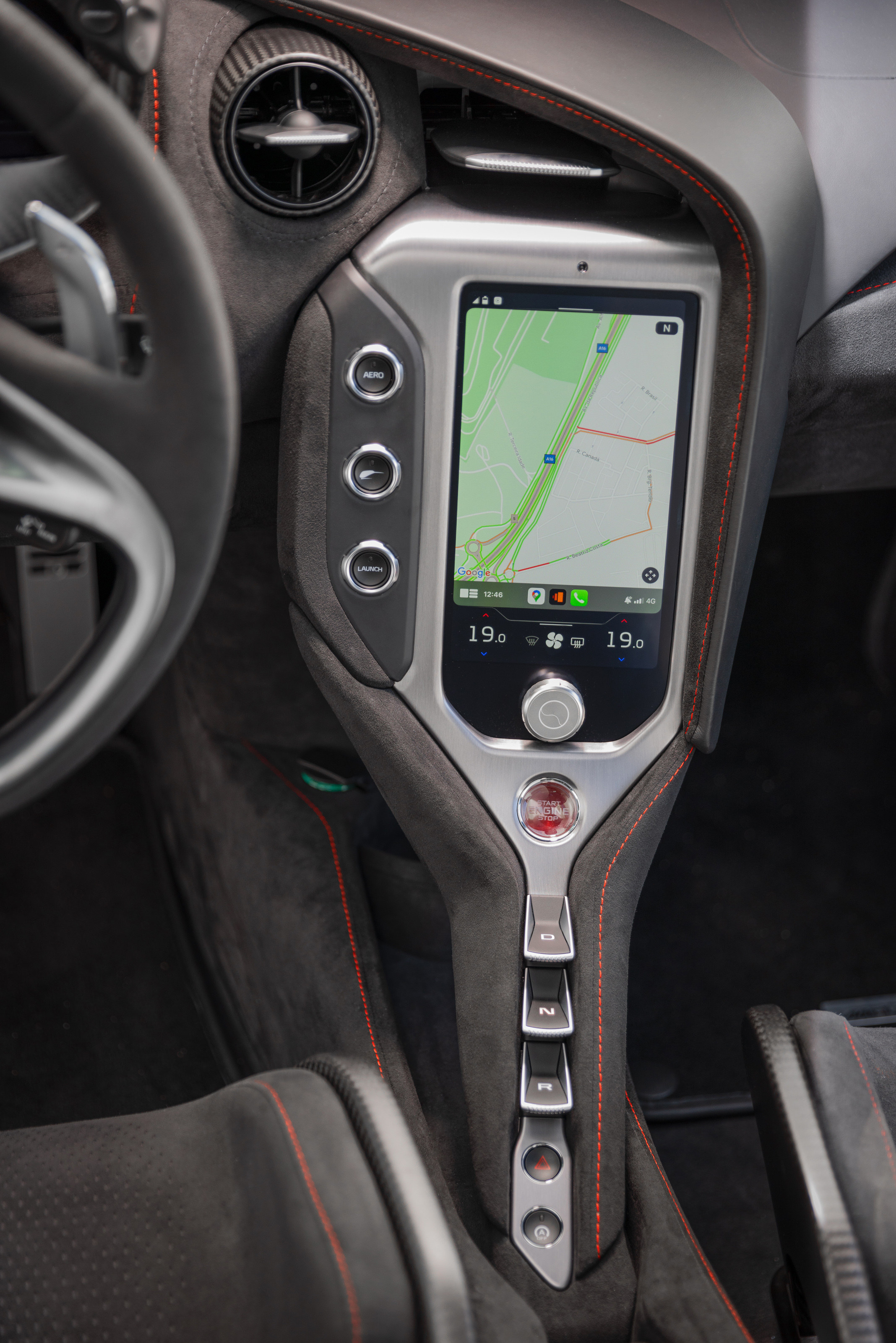
McLaren 750S centre console
It's all a question of intent. Supercars are both technical showcases and investment assets, and the latter role means that many examples rarely get used as their engineers intended. At the opposite extreme, companies encourage customers to push the extremes via lucrative customisation services. MSO, Q by Aston Martin, Lamborghini's Ad Personam program, Atelier Ferrari, Bentley’s Mulliner and Rolls Royce’s Bespoke divisions, as well as various after-market services of varying taste and distinction, results in huge numbers of personalised cars that are, shall we say, aesthetic outliers.
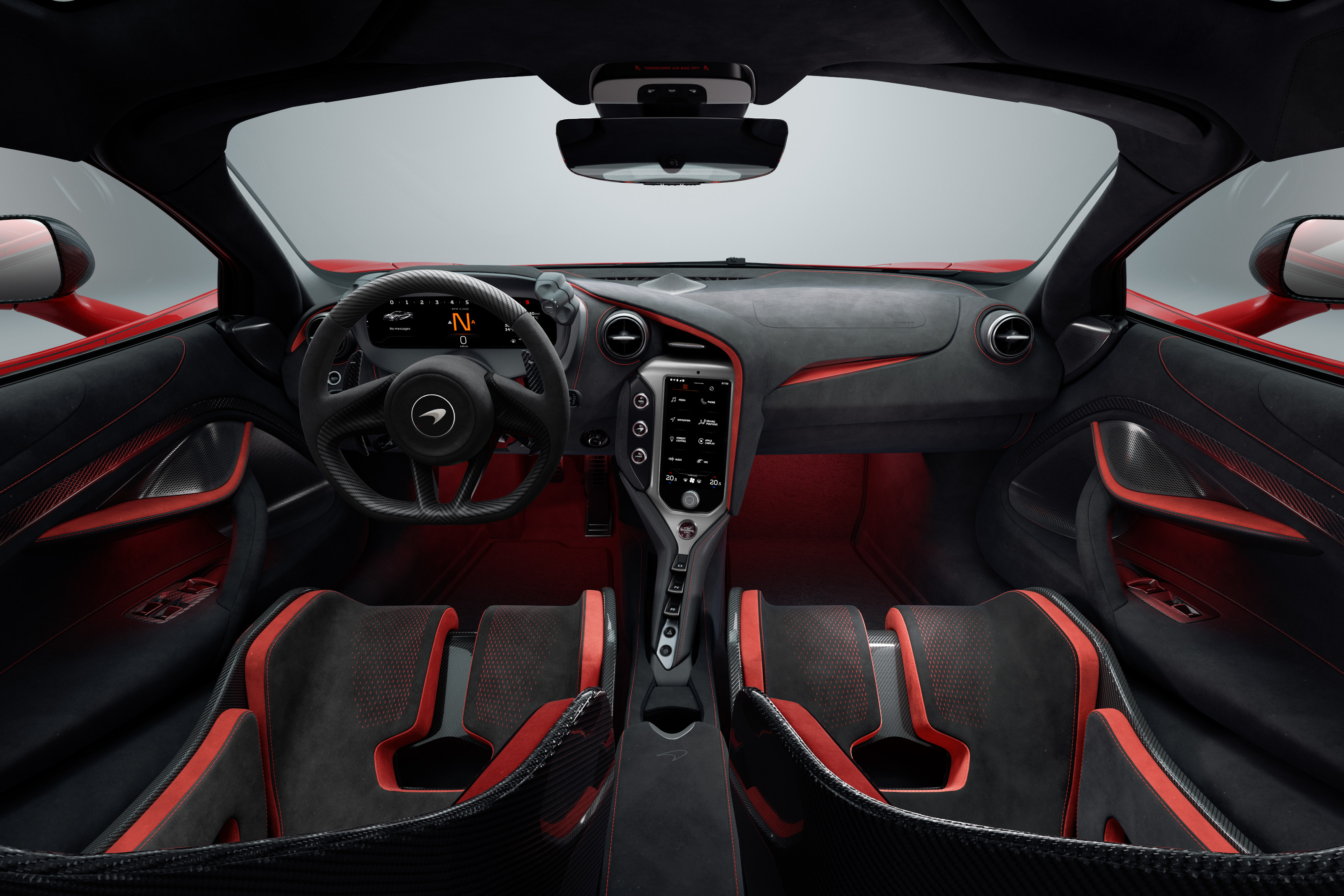
McLaren will spec your 750S however you desire
All this leaves the ‘basic’ 750S in something a sweet spot. By forgoing the extremities of customisation, the essential elegance of the car is preserved. The absence of hybrid power keeps things (relatively) simple, as well as keeping prices below the Ferrari and Aston Martin equivalent.

McLaren 750S

McLaren 750S
Of course, the 750S is a technical tour-de-force, but in today’s ultra-high-tech auto market, it has an increasingly rare mechanical purity. Supercars are not for introverts, of course, but like all superlative driving machines, the McLaren 750S contains multitudes, a tool for focusing the mind on the road ahead and the act of driving, not what everyone else is thinking of you.
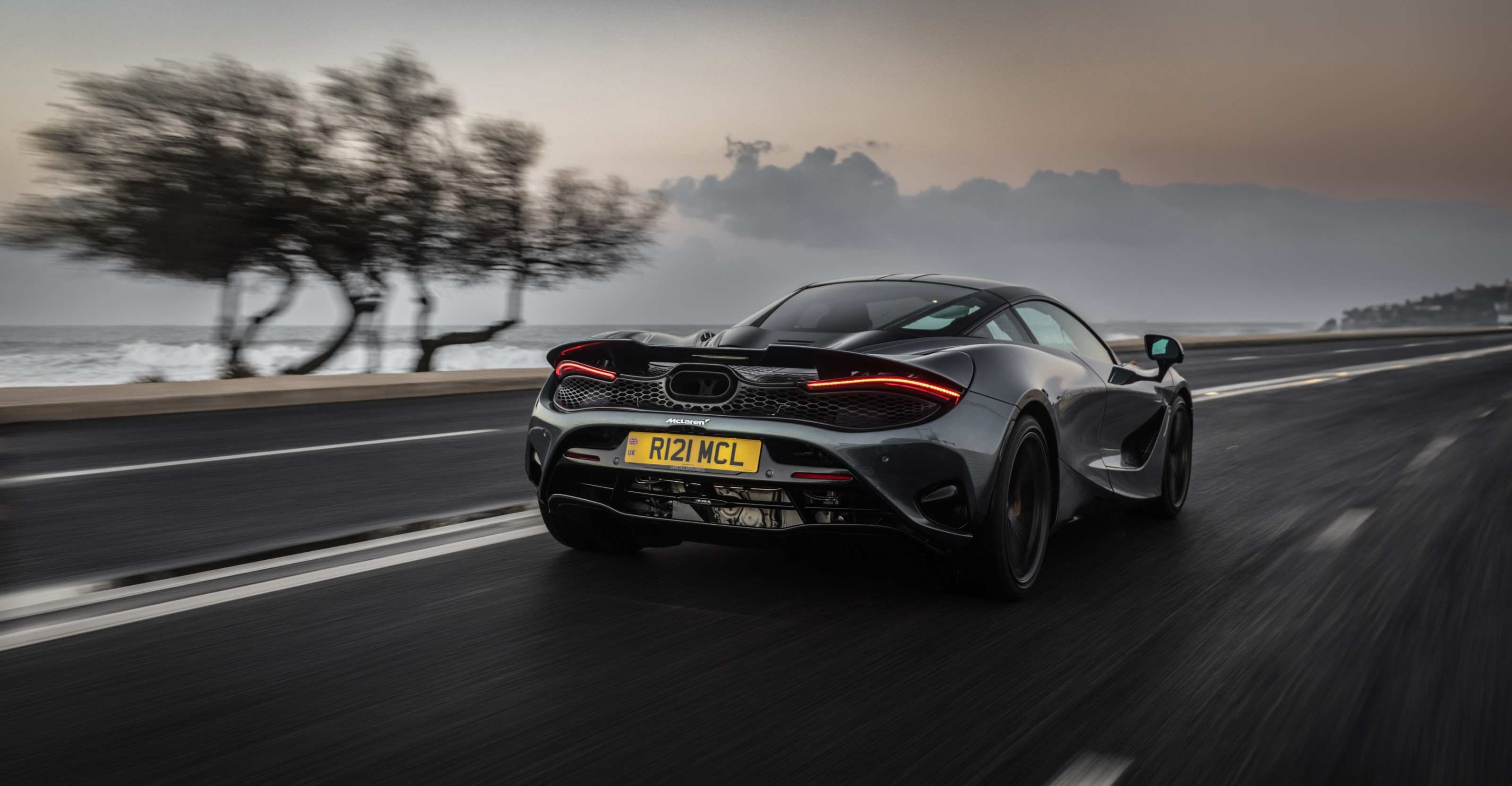
McLaren 750S
McLaren 750S, from c£250,000, Spider from c£270,000, Cars.McLaren.com, @McLarenAuto
Jonathan Bell has written for Wallpaper* magazine since 1999, covering everything from architecture and transport design to books, tech and graphic design. He is now the magazine’s Transport and Technology Editor. Jonathan has written and edited 15 books, including Concept Car Design, 21st Century House, and The New Modern House. He is also the host of Wallpaper’s first podcast.
-
 A day in Ahmedabad – tour the Indian city’s captivating architecture
A day in Ahmedabad – tour the Indian city’s captivating architectureIndia’s Ahmedabad has a thriving architecture scene and a rich legacy; architect, writer and photographer Nipun Prabhakar shares his tips for the perfect tour
-
 You can now stay in one of Geoffrey Bawa’s most iconic urban designs
You can now stay in one of Geoffrey Bawa’s most iconic urban designsOnly true Bawa fans know about this intimate building, and it’s just opened as Colombo’s latest boutique hotel
-
 Pentagram’s identity for eVTOL brand Vertical Aerospace gives its future added lift
Pentagram’s identity for eVTOL brand Vertical Aerospace gives its future added liftAs Vertical Aerospace reveals Valo, a new air taxi for a faster, zero-emission future, the brand has turned to Pentagram to help shape its image for future customers
-
 McLaren Special Operations deals itself a winner with the Las Vegas-inspired Project Viva
McLaren Special Operations deals itself a winner with the Las Vegas-inspired Project VivaWe delve into the world of McLaren Special Operations, discover what the deal is with Project Viva, spec our own hypercar and explore the role of the Pure McLaren experience
-
 Formula 1 in photos: 100 memorable moments
Formula 1 in photos: 100 memorable momentsA new book, ‘Formula 1: The Impossible Collection’, marks 75 years of the motor-racing championship – a history full of tenacity, triumph and tragedy
-
 A technical tour de force, McLaren’s Artura Spider makes an unconventional supercar
A technical tour de force, McLaren’s Artura Spider makes an unconventional supercarMcLaren prides itself on technical perfection. Its newest series production supercar ticks all the right buttons but demands you make an emotional commitment
-
 The McLaren W1 is the latest in the sports car maker's tech-saturated Ultimate Series
The McLaren W1 is the latest in the sports car maker's tech-saturated Ultimate SeriesFirst F1, then P1 and now W1, McLaren Automotive reveals its latest limited-edition supercar to the world, a £2m concoction of hybrid power and active aero that is, unsurprisingly, already sold out
-
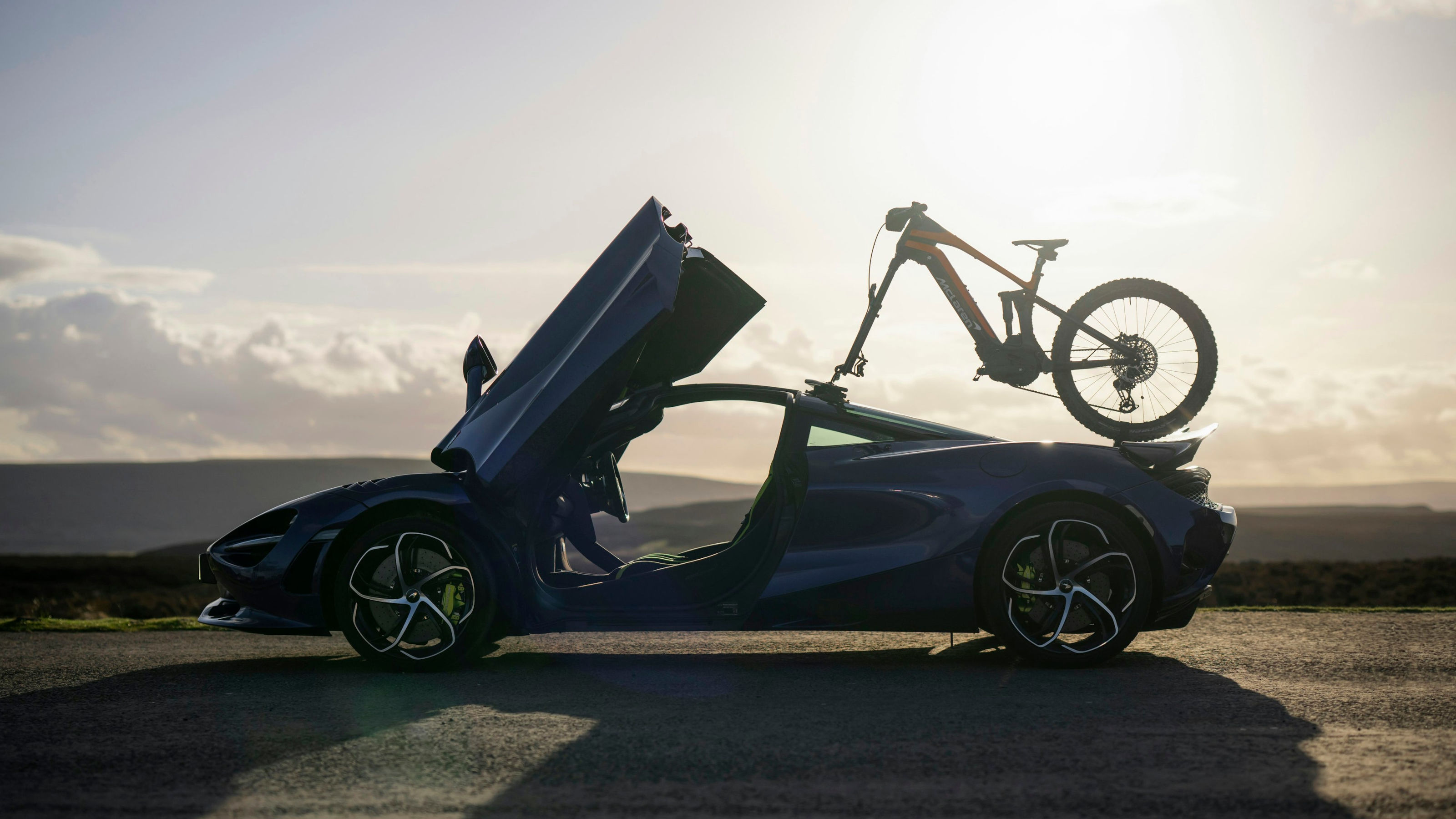 Sports carmaker McLaren enters the performance e-bike market
Sports carmaker McLaren enters the performance e-bike marketMcLaren Bikes’ four new machines bring speed, technology and style to electric mountain biking
-
 McLaren M6GT is the latest in INK’s series of ‘plain bodied’ racing cars
McLaren M6GT is the latest in INK’s series of ‘plain bodied’ racing carsINK reimagines the McLaren M6GT, dubbed ‘Bruce’s Unfinished Masterpiece’, as a purist piece of automotive sculpture
-
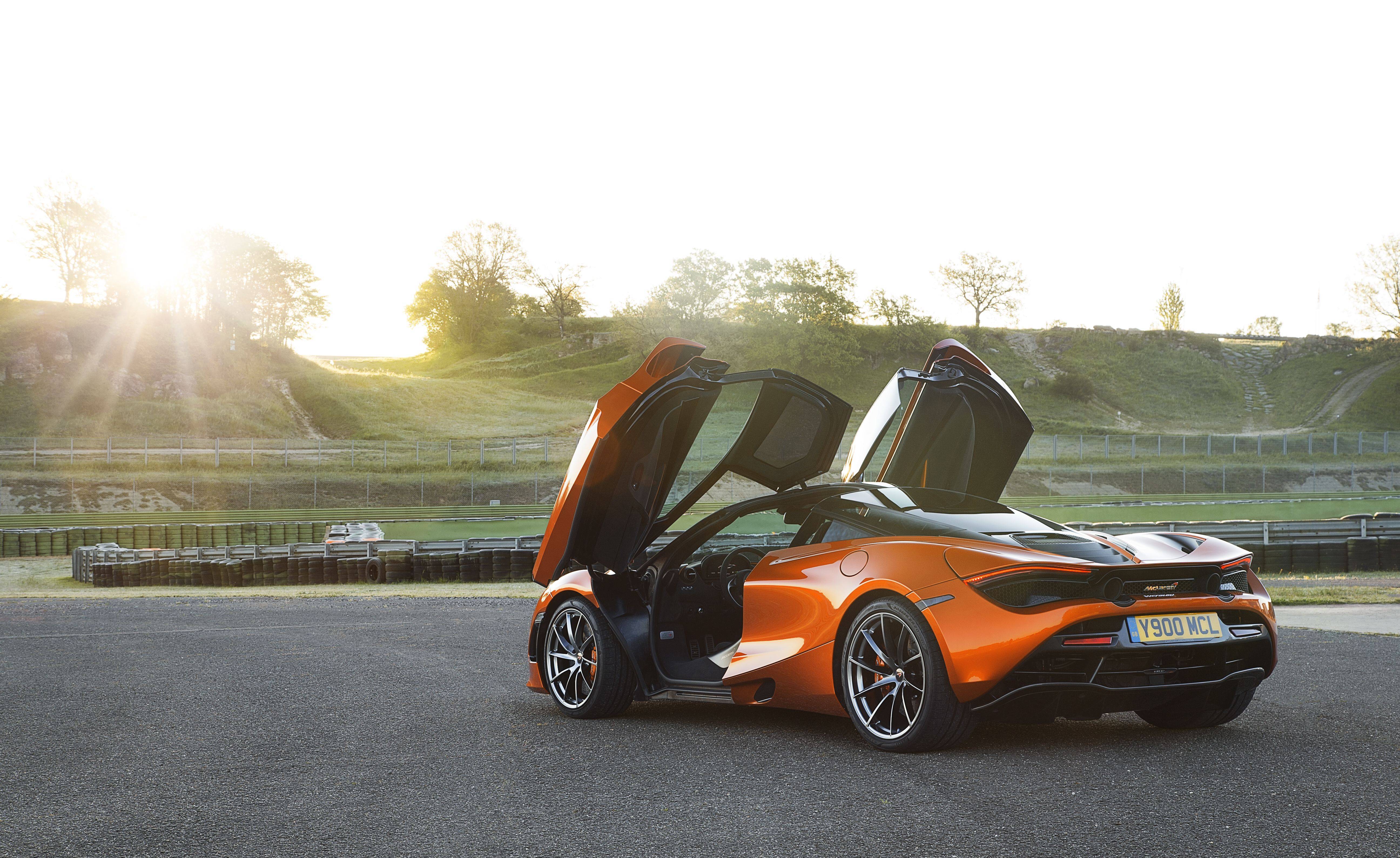 McLaren’s flagship supercar has still got what it takes
McLaren’s flagship supercar has still got what it takesFive years after its launch, the McLaren 720S is still the purist’s supercar of choice. Few cars can go faster and yet remain so precise and amenable to drive
-
 Hermès hits hyperdrive with a one-off car design for McLaren
Hermès hits hyperdrive with a one-off car design for McLarenHermès hits hyperdrive with a one-off car design for McLaren